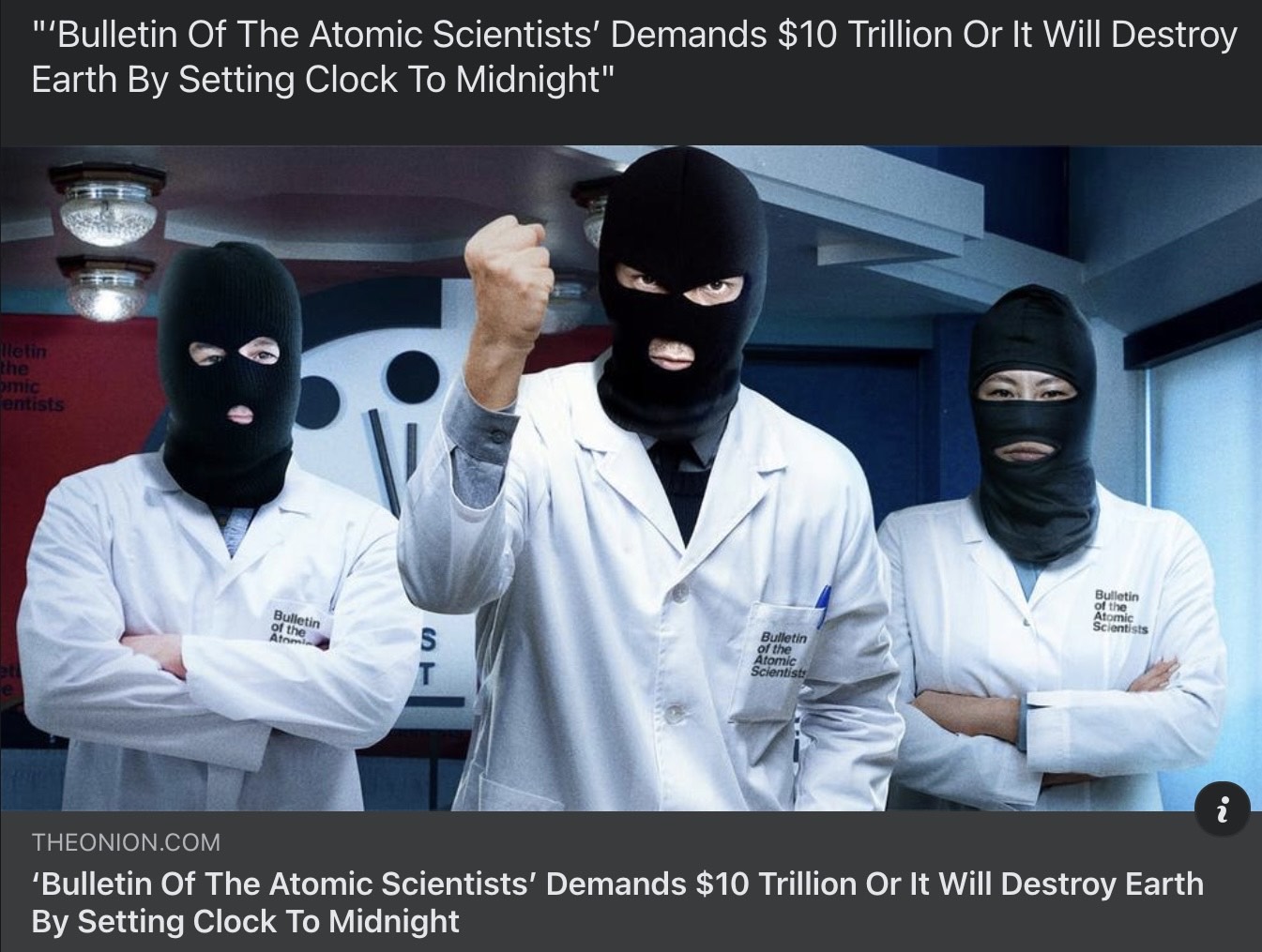The Pentagon claims China will likely have 1,500 nuclear warheads by 2035
By Will Aldred @ 2022-12-12T18:12 (+34)
This is a linkpost to https://media.defense.gov/2022/Nov/29/2003122279/-1/-1/1/2022-MILITARY-AND-SECURITY-DEVELOPMENTS-INVOLVING-THE-PEOPLES-REPUBLIC-OF-CHINA.PDF
Epistemic status: rough and quickly written up in ~15 mins, though I have spent ~6 months FTE researching nuclear risk and possess non-trivial forecasting experience.
Background
Last month the Pentagon, the headquarters of the U.S. Department of Defense (DoD), published a report (linked above) on China's military development. This report comes in the wake of China ramping up its nuclear weapons development (see, e.g., Korda & Kristensen, 2021).
In 2021, Beijing probably accelerated its nuclear expansion. The Department of Defense estimates that the PRC’s operational nuclear warheads stockpile has surpassed 400.
(p. 94)
Do I think the headline claim will turn out true?
In short, probably not. I'm at ~40%.
The PLA plans to "basically complete modernization" of its national defense and armed forces by 2035. If China continues the pace of its nuclear expansion, it will likely field a stockpile of about 1500 warheads by its 2035 timeline.
(p. 94)
The main reason I'm skeptical is that, as far as I can tell, the Pentagon has a track record of making somewhat exaggerated claims in its reports.
Nuclear Notebook, which I judge to generally produce high-quality, factual, non-alarmist analyses of the nuclear weapons space, in their 2020 report on Chinese nuclear forces expressed the following skepticism:
The idea of an emerging nuclear alert posture is a central element of the Pentagon’s expectation that China might adopt a “launch-on-warning” posture in the future. The most recent Pentagon report claims that there is “increasing evidence” that China is moving toward this posture for at least a portion of its force (US Defense Department 2020a, 85). As evidence, the Pentagon notes the construction of new ICBM silos for solid-fuel missiles, coupled with an emphasis on developing strategic early warning systems. These data points, however, are relatively circumstantial, as China has deployed silo-based DF-5s for decades and potentially could maintain its current strategy even with new silos and improved early-warning systems. The combination of silo-based solid-fuel missiles and early warning could simply be a Chinese reaction to what it sees is an increasing risk against the survivability of its retaliatory nuclear force.
(links added)
Moreover, Nuclear Notebook's Kristensen and Korda had this to say about the DoD's 2018 Nuclear Posture Review:
After the 2018 Nuclear Posture Review was published, inaccurate and exaggerated information was distributed in Washington by defense sources that attributed nuclear capability to several Russian systems that had either been retired or were not, in fact, nuclear. Moreover, although the Nuclear Posture Review claims Russia has increased its nonstrategic nuclear weapons over the past decade, the inventory has in fact declined significantly—by about one-third—during that period.
(2020)
Overall, my operationalization of the Pentagon's claim into a forecasting question would be: "Will China reach 1,500 nuclear warheads by 2035?". The Pentagon says it's "likely" this will happen - I'm not sure exactly what they mean by likely, but I'd guess they mean something in the range of 55 to 90%. On the other hand, I'd predict around 40%.
It's worth noting that Metaculus has a forecasting question, "Will China reach 1,000 nuclear warheads by 2030?", and the current community prediction is 50%.[1] This is roughly in line with my 40% prediction for 1,500 warheads by 2035.
- ^
Though of the 39 forecasters - at present - on the Metaculus question, a disproportionately high number have predicted exactly 50%. This suggests the question might be one of those where: 1) resolution won't obviously be true or false, and, 2) forecasters want to get an initial forecast in early in order to start accumulating tournament points. Therefore, some forecasters just predict 50% to begin with for no particularly good reason, and so I'd take this community prediction less seriously than those for most other Metaculus questions.
Will Aldred @ 2022-12-12T18:12 (+11)
Incidentally, while I am a fan of the Bulletin of Atomic Scientists' Nuclear Notebook, I'm not a huge fan of their flagship product, the Doomsday Clock.
Mainly because, whilst it has the appearance of being quantitative - the Doomsday Clock is currently at 100 seconds to midnight - it doesn't translate well into probabilities. At 100 seconds to midnight, how high, actually, is the risk of destruction? What about at 60 seconds to midnight? Is the scale linear? For more on this, I recommend Christian Ruhl's post, "Building a Better Doomsday Clock".
Will Aldred @ 2022-12-12T18:12 (+6)
People who found this post interesting may also want to check out Michael Aird's database of nuclear risk estimates and/or the Metaculus tournaments on nuclear risk (there's a short-range one and a long-range one).
